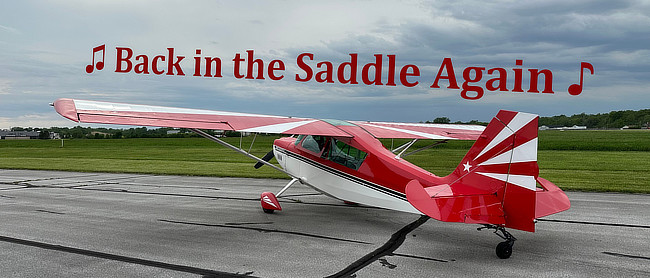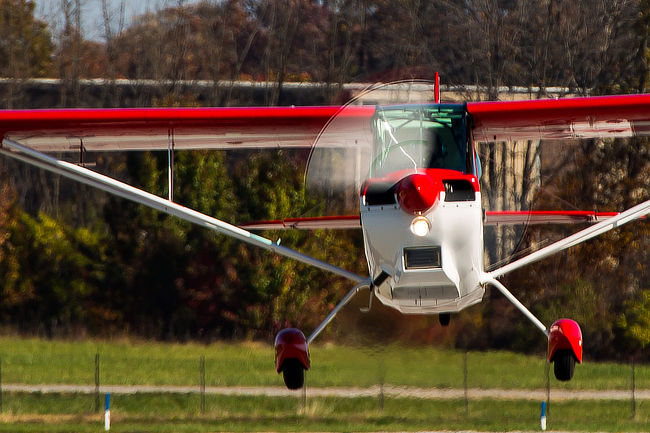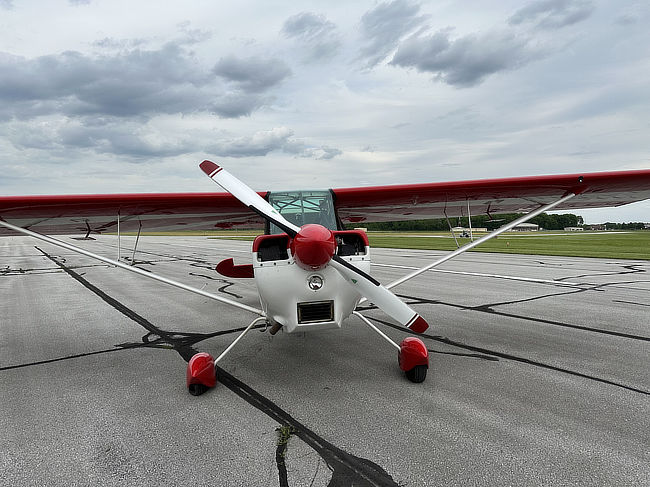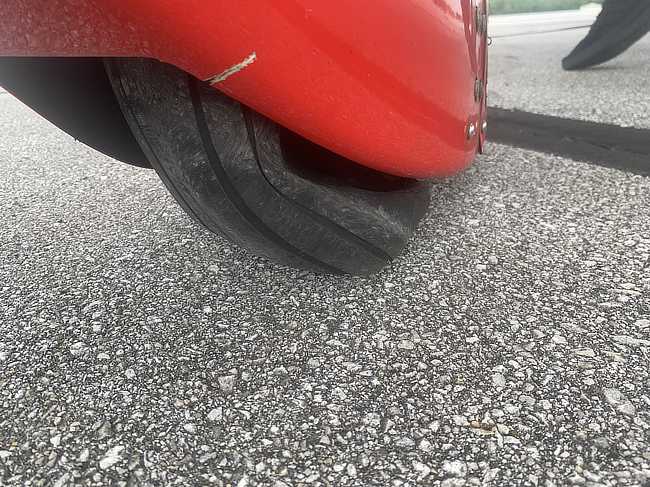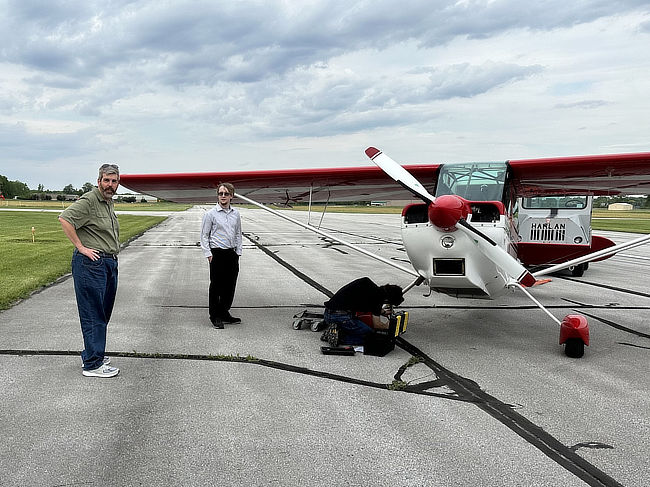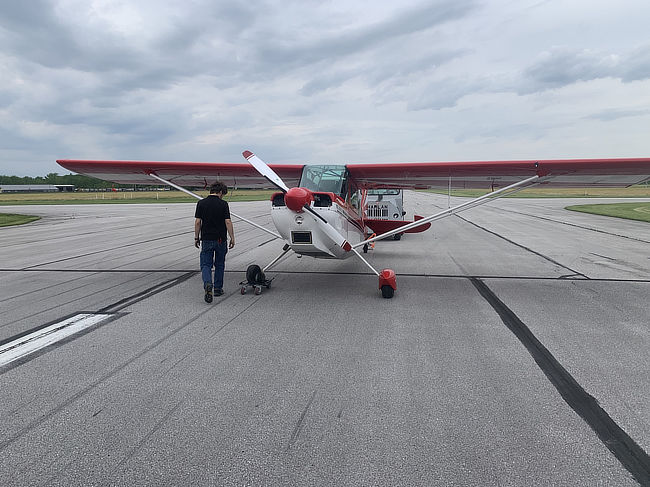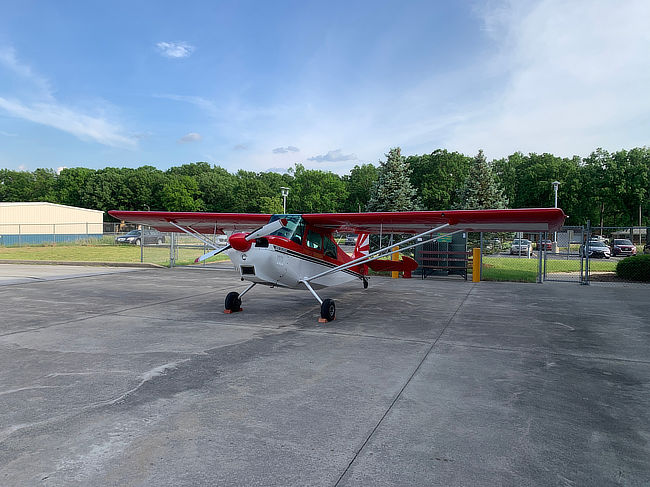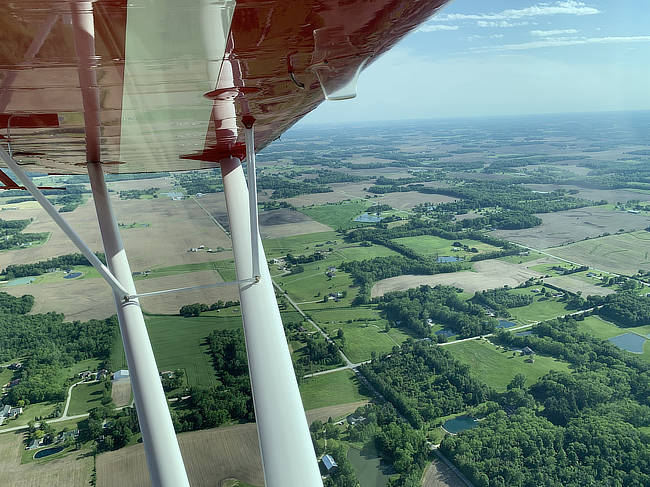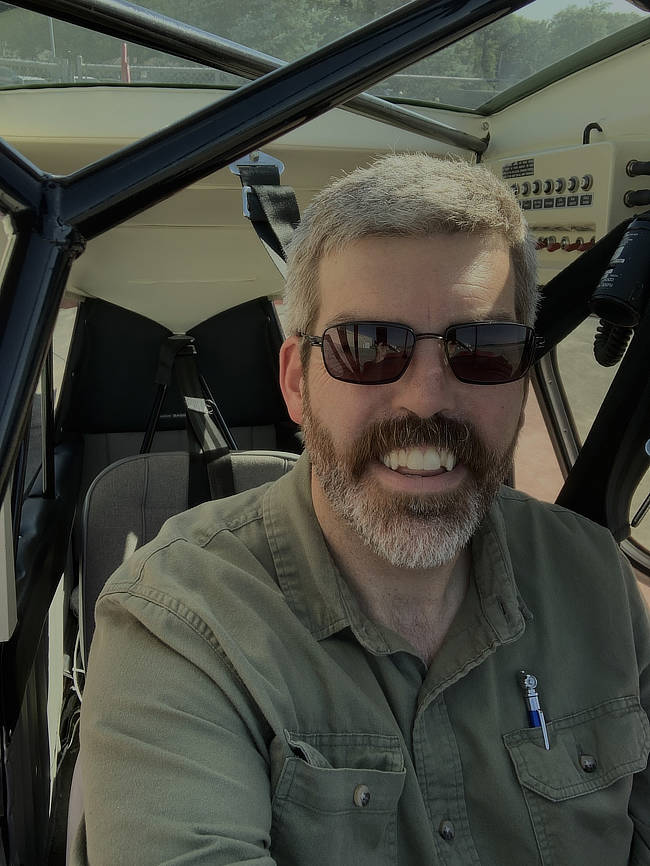ISSUE 870 - June 4, 2024 • Over 7,000 Total Ads Listed • 1,000+ NEW Ads Per Week
This eFlyer Has Been Sent To Over 155,000 Subscribers
|
| Back in the Saddle Again |
| Ben Keirn, Contributing Writer & Photographer |
|
It's a pretty common thing for spring to arrive and a pilot to realize they haven't flown enough to stay current. Somewhere along the line, the phrase was coined that we're knocking off the rust. But not all rust is created equal. In some cases, you may be current in one plane but not in another. As you wake from aviation hibernation, there are many things you need to train in to regain currency and, more importantly, proficiency. But all of that adds up to one thing; it's time to get back in the saddle again!
Like most northern pilots of light planes, I don't tend to get enough flying in during the winter. The risk of airframe and carb icing, combined with the desire to always feel my fingertips, leads me to do more hangar flying than airplane flying. This past winter, however, I was able to stay current. The combination of working as a flight instructor and training for my instrument instructor rating meant I made it through the winter not only current, but proficient as well.
Proficient, that is, in tricycle gear aircraft. No, I didn't enter spring rusty in our trusty training airplanes. But I did enter spring rusty in those planes with the third wheel farther aft.
|
|
|
My first tailwheel solo was back in 2016. Thankfully, the same plane was available
for my rust removal. |
|
|
| Preflight inspection; the stall tab is a welcome upgrade from sucking on a Cessna stall horn, especially since the bugs have met their demise on the leading edge. |
|
Baby steps. Like rehab after knee surgery, regaining proficiency is going to take two things, tenacity and patience. All of the ratings and endorsements are in my logbook for tailwheel planes. But that doesn't mean I jumped in the seat and took it for a spin around the patch to "get the feel of it again." At a nearby field we have both a taildragger to rent and a tailwheel instructor. So off I went for the first recurrent lesson in the Decathlon. The order of the day? Keep it on the taxiway! Remember...baby steps. You don't run a marathon the day after hip surgery.
After a lesson where I convinced the instructor, and myself, that I could keep a taildragger's nose pointed where I intended, it was time for a flight. A three point takeoff and a bit of air work, and I was starting to remember the plane. A three point landing followed by a wheel landing at KGWB, and it was time to head back home for a bit of a reminder that taildraggers demand respect from their pilots.
|
|
|
| A bit lopsided; the landing was smooth, but the right main sank a little farther than expected. |
|
|
| Amazingly, though the shaking of the main took the tire off the bead, it didn't bunch up in the tight wheel pant on the Decathlon. |
|
A flat main tire is a whole different animal on a conventional gear plane. Landing smooth was a great feeling on the last wheel landing of the day. The reason it was the last wheel landing was not, however, a great feeling. Rolling out from the landing, the right main started to shake horribly. Half reaction and half internal dialogue, "slow down, maintain control, and move toward the side of the runway." Alas, with the flat tire completely off the bead, there wasn't much taxiing. I couldn't get the plane off the runway, so we had to close the runway while the ground crew retrieved the plane.
|
|
|
| The maintenance crew got to play with their friend "jack" to lift the plane. At over 1,300 lbs empty, you need a little help from your friends to lift the wheel on this bird. |
|
|
| Easy does it; a little help from a dolly and a patient tug driver, and the plane was headed for the maintenance hangar. |
|
Once we cleared the runway, the airport opened up for business once again. The four students and one transient who had been waiting patiently all fired up and took off one after another, looking like an old war film. Thankfully the next lesson was less eventful. The faulty tube had been replaced and the tires were holding pressure nicely. The lesson started with a bit more three point action. Following that, we took a bit of a side trip outside of the pattern, which allowed us to practice emergency flows and checklists. When you're used to training planes, a Decathlon's sink rate will take you by surprise. But that practice led to the final order of the day.
|
|
|
| A result of the previous excitement, we now fly with our pants off... our wheel pants, that is. With the wheel pants removed, we can keep an eye on the tire pressure more regularly and watch for slow leaks in the tube. |
|
|
Getting away from the pattern allows a little freedom to see the sights. The patchwork quilt of fields in Indiana gives plenty of landing zone options when the engine is suddenly
cut from the back seat. |
|
Back at home field, it was time for some practice engine out approaches to landing. Underestimating the sink rate once again, it was a blessing that the engine failure was only simulated. Power up, pitch up, and set up for the next pattern. Wouldn't you know it, abeam the approach end of the runway the engine died...again! This time the pattern was tighter and the pilot better prepared. After a foreshortened turn to the runway, we were lined up and a little high. A bit of a slip, line up, flare, and we were on the ground. Sure, my tailwheel skills can use a bit of polishing. But with a fresh sign off in the logs, I can go out and practice plenty now.
|
|
|
Eight years hence, I've left my back seat driver behind once again.
But I'm not leaving my pressure gauge behind! |
|
With a little more solo practice, I will be able to transition that currency to proficiency. Then I'll officially be "back in the saddle again" and the real fun starts...taking passengers along to share my joy with others.
|
| By Ben Keirn, Contributing Writer & Photographer |
|
| |
|


